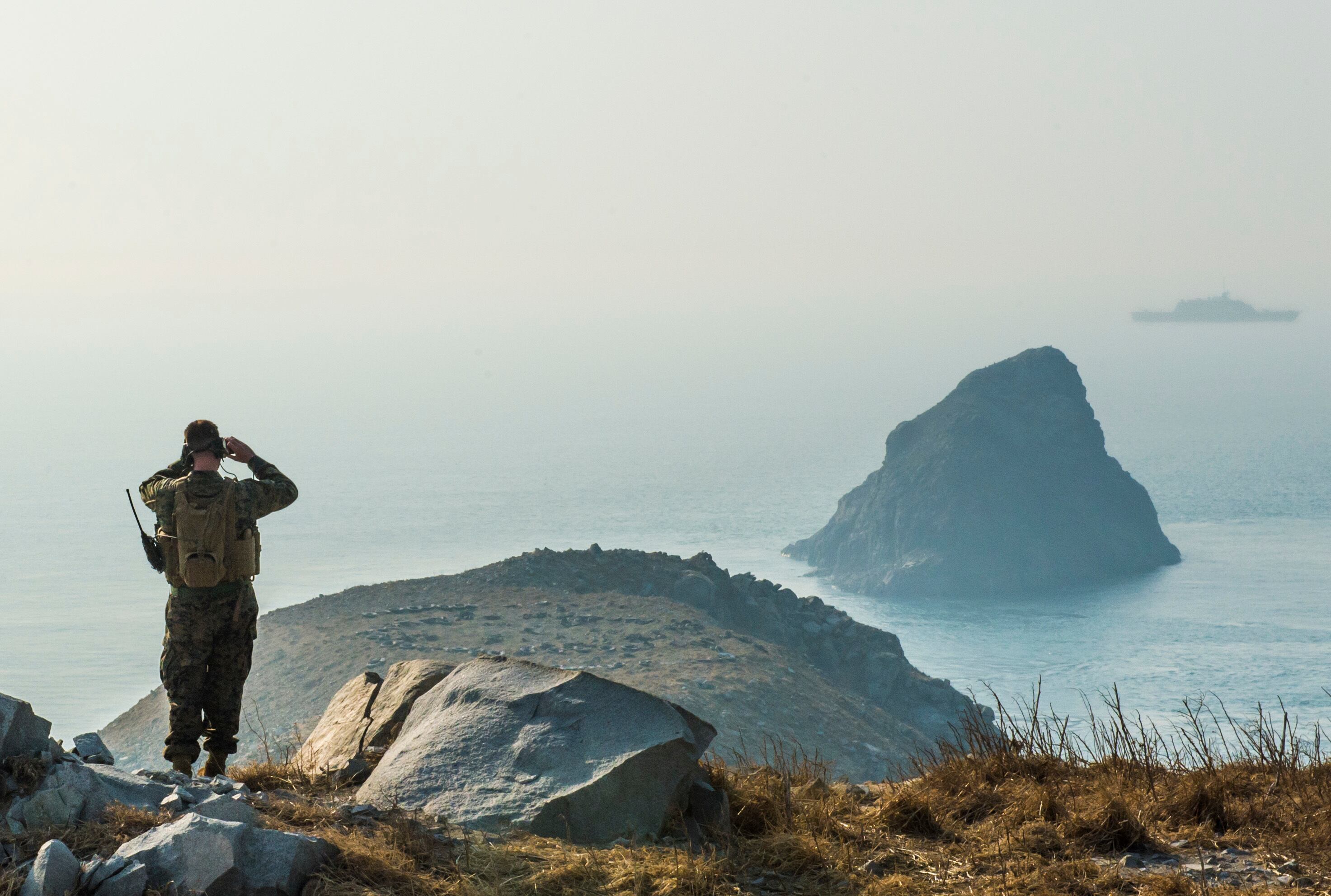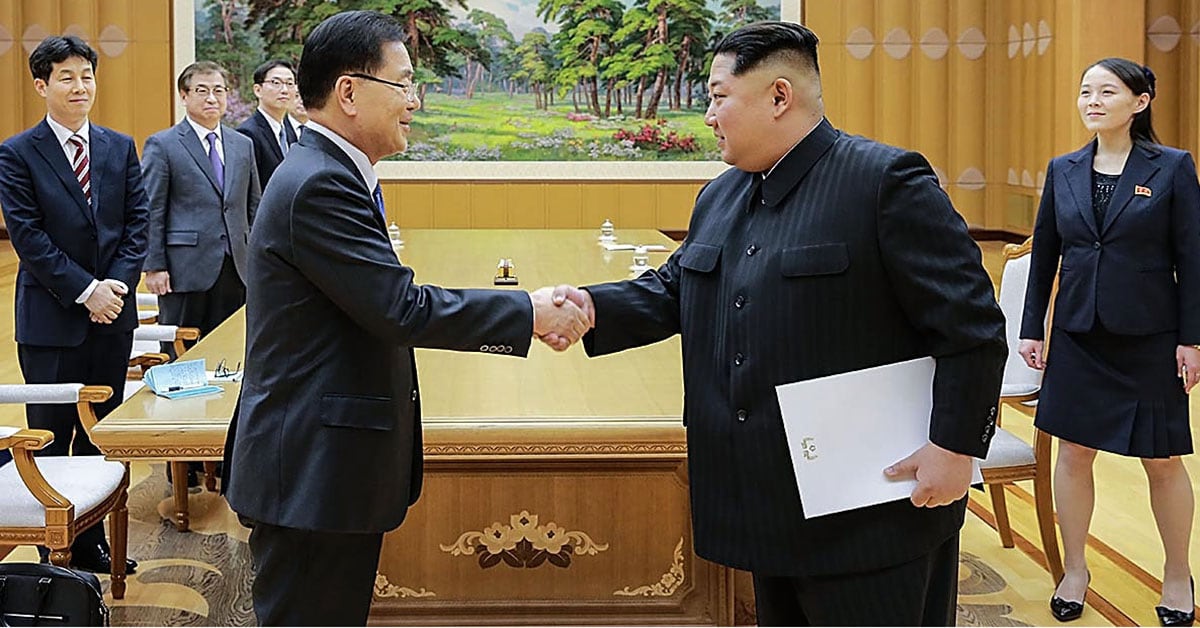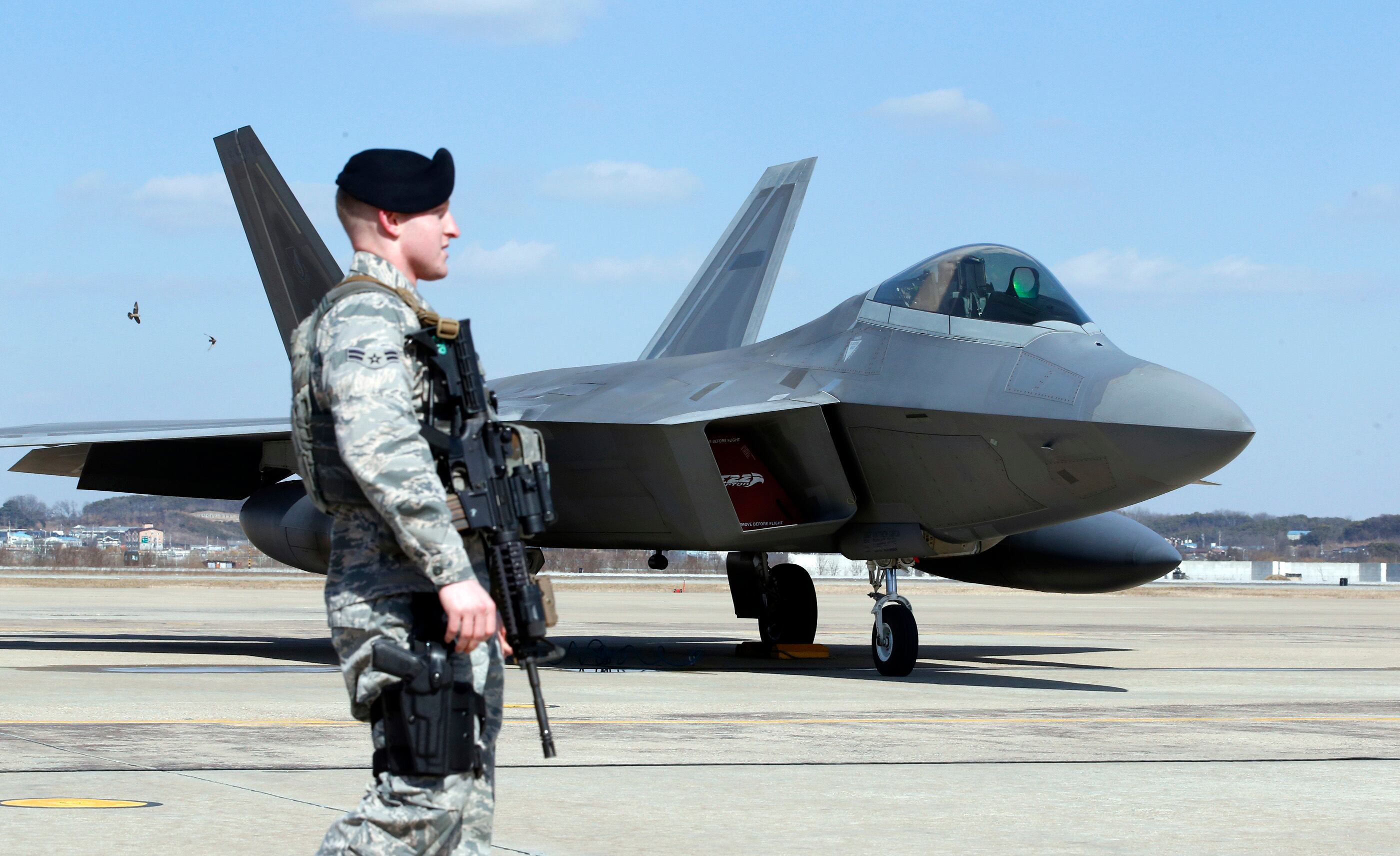In a twist to the Korean Peninsula saga, North Korea has already canceled a high-level meeting with its southern counterparts and is threatening to shelve next month’s summit with U.S. President Donald Trump.
The issue involves a joint U.S.-South Korea military exercise that Pentagon officials say should be anything but threatening.
The exercise in question, Max Thunder 2018, is being characterized as antagonistic.
However, South Korea — officially known as the Republic of Korea, or ROK — and the United States hold the exercise, along with exercise Foal Eagle, every spring, Pentagon spokesman Army Col. Rob Manning said in a statement Tuesday.
RELATED

"These defensive exercises are part of the ROK-U.S. Alliance's routine, annual training program to maintain a foundation of military readiness,” Manning said. “The purpose of the training is to enhance the ROK-U.S. Alliance's ability to defend the ROK and enhance interoperability and readiness.”
Max Thunder, which began Monday, is mostly a joint air exercise, involving about 100 aircraft from both countries training together over a two-week period.
North Korea is particularly concerned about the presence of F-22 Raptors — stealth fighters jets — in the exercise, according to South Korea’s Yonhap News.
Another exercise, Foal Eagle, which started in early April, is a field training exercise covering air, ground and naval forces. It also involved Key Resolve, a two-week command post exercise held concurrently.

There were about 11,500 U.S. troops and about 290,000 South Korean troops participating, Marine Lt. Col. Christopher Logan, a Pentagon spokesman, said when Foal Eagle was approved to go-ahead as normal in March.
As for Max Thunder: “While we will not discuss specifics, the defensive nature of these combined exercises has been clear for many decades and has not changed,” Manning said in his statement.
According to press releases from last year’s iterations, the exercises are designed in the spirit of the U.S.-South Korean mutual defense treaty of 1953.
North Korea’s Central News Agency, though, characterized the annual drills as a “deliberate military provocation” and an “undisguised challenge.”
RELATED

“The U.S. will have to think twice about the fate of the DPRK-U.S. summit,” the North’s translated statement reads. “We will closely watch the ensuing behavior of the U.S. and the South Korean authorities.”
Military drills have long been a source of saber-rattling on the Korean peninsula.
Since Kim began easing relations, though, U.S. officials said the current drills were understood not to be an issue.
The U.S. State Department said it has not planned any changes to the summit next month, given that they have not received any official statement directly from the North Korean government, according to The Associated Press.

Kyle Rempfer was an editor and reporter who has covered combat operations, criminal cases, foreign military assistance and training accidents. Before entering journalism, Kyle served in U.S. Air Force Special Tactics and deployed in 2014 to Paktika Province, Afghanistan, and Baghdad, Iraq.




